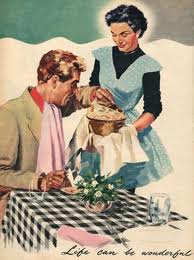The Secret Garden is a novel that focuses on the differences between India and England, expressing that children need to be raised in a good environment in order to become well-behaved children and experience a childhood. It is a book that focuses on the beauty and healing properties of the natural world, but is it appropriate for children to be reading, today?

On one hand, The Secret Garden encourages the reader to step outside, enjoy the fresh air, and explore the beauty of one’s garden. It entices the reader to watch life blossom before one’s eyes, and educates the reader on the basics of gardening. Considering how technology has given children plenty of entertainment and distraction, in doors, I feel that this book would be worth reading to a child, in hopes of helping that child step outside and explore the possibilities of imagination and free play. While the book fails to teach a child how to imagine a new world within one’s head, considering Mary does not possess such faculties, it does show a child that the mere act of skipping rope can be worth pursuing. As a result, perhaps children of today should be reading this, due to the fact that it exposes them to a world that they may not have previously thought was worth venturing into.
On the other hand, The Secret Garden expresses several negative thoughts about the vibrant and beautiful culture and country of India, which increases the potential for racism and closed mindedness about the exotic world. The Secret Garden expresses that India is a sandy country, that is too hot for activities, and is full of ‘blacks’ who are expected to serve Europeans. Considering how diverse the population of America is, today, such messages may be ill-received by families of foreign nationality, and may only lead to more reasons for bullying between Caucasians and other ethnicities. It is possible that, should the child pick up on such propaganda within the book, a caucasian child might believe that individuals of a darker skin type are meant to treat him or her as a superior, and may resulting treat those children as inferior. Such messages pave the way for segregation and discrimination, so one must wonder if it is worth the risk.
Is it better to read the book, in order to encourage children to explore the great outdoors, or should this book be saved for when children are old enough to understand that the messages in the book about class and race are from an earlier era?





